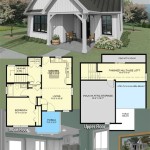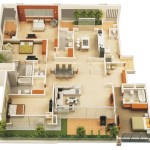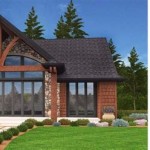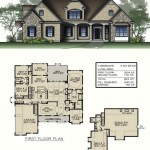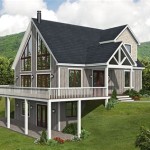Open Floor Plans: Creating a Seamless Living Room and Kitchen
Open floor plans have become increasingly popular in recent years, offering a spacious and airy feel to homes. By removing walls and barriers between the living room and kitchen, homeowners can create a cohesive and inviting living space. This design not only enhances functionality but also promotes social interaction and family connections.
Integrating the living room and kitchen into one open space provides several advantages. It allows for effortless flow between the two areas, making it convenient for entertaining guests, family gatherings, or casual daily activities. The absence of walls allows natural light to penetrate deeper into the home, creating a brighter and more welcoming atmosphere.
Open floor plans cater to modern lifestyles that often revolve around shared spaces. The kitchen is no longer isolated from the rest of the home; instead, it becomes a central hub where family and friends can gather, socialize, and participate in daily activities.
Designing an open floor plan requires careful consideration to ensure a cohesive and functional space. Here are a few key factors to consider:
1. Space Planning:
Proper space planning is crucial to prevent the open floor plan from feeling cluttered or overwhelming. Define the different zones within the space, such as the seating area, dining area, and kitchen work triangle. Ensure that furniture pieces are appropriately sized and arranged to allow for comfortable movement and natural flow.
2. Lighting:
Lighting plays a vital role in open floor plans. Utilize a combination of natural and artificial light to create a well-illuminated and inviting space. Skylights, large windows, and recessed lighting can provide ample natural light during the day. Supplement with task lighting in the kitchen work area and ambient lighting to create a warm and inviting atmosphere in the evening.
3. Color Scheme:
A cohesive color scheme is essential for creating a harmonious open floor plan. Choose a neutral color palette as the foundation and add pops of color through furniture, accessories, or artwork. This approach will help unify the space and prevent it from feeling disjointed.
4. Flooring:
When selecting flooring for an open floor plan, consider materials that can seamlessly transition between the living room and kitchen. Hardwood floors, tile, or large format porcelain tiles are durable and aesthetically pleasing options that can provide a cohesive look throughout the space.
5. Furniture Selection:
Furniture should complement the open floor plan and define the different zones within the space. Choose pieces that are proportionate to the size of the area and allow for ease of movement. Consider using sectional sofas or modular seating to create flexible seating arrangements that can accommodate different activities and group sizes.
Open floor plans offer numerous benefits, including increased functionality, improved social interaction, and a spacious and inviting living environment. By carefully considering space planning, lighting, color scheme, flooring, and furniture selection, homeowners can create a cohesive and stylish open floor plan that meets their unique needs and preferences.
:strip_icc()/Open-concept-living-room-TWP0380-CV1hghhEaBBAkX_uv8K9cw-3313dfd39e2b42f5b37f43b8dfa14e08.jpg?strip=all)
Pros And Cons Of Open Floor Plans 5 Things To Consider
:max_bytes(150000):strip_icc()/MCH_6778-ad1a2ad1a91f4a9fa1747fe72be5a1d9.jpg?strip=all)
35 Open Floor Plan Decorating Ideas Designers Love For Great Flow

Open Concept Kitchen Living Room Design Inspirations

Open Floor Plan Kitchen Living Room

Pros And Cons Of Open Concept Floor Plans

Before After Contemporary Open Concept Living Room And Kitchen Decorilla Interior Design

Open Concept Kitchen Living Room Photos Ideas Houzz

50 Open Concept Kitchen Living Room And Dining Floor Plan Ideas 2024 Ed

30 Open Concept Kitchens S Of Designs Layouts

How To Make An Open Floor Plan Feel More Cozy The Seattle Times


